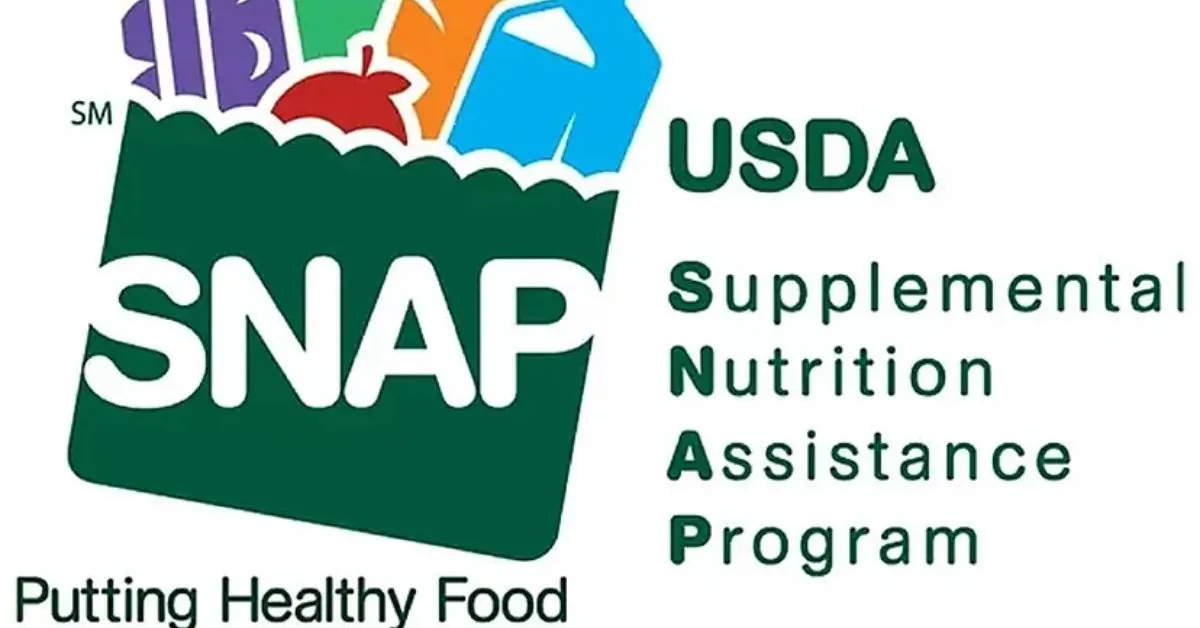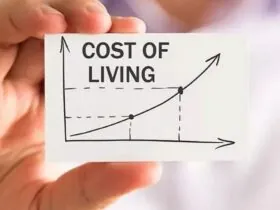The Supplemental Nutrition Assistance Program (SNAP), previously known as Food Stamps, is a vital support system for many low-income families in the United States. The program helps individuals and households purchase nutritious food, particularly those struggling with the impact of inflation. It is an essential tool for ensuring that individuals, especially those with disabilities, have access to healthy meals. Here’s an overview of how SNAP works, eligibility, and the benefits available to individuals living with disabilities.
What is SNAP?
This Article Includes
SNAP is a federal assistance program designed to help low-income individuals and families buy food. The program operates through an Electronic Benefits Transfer (EBT) card, which functions like a debit card, allowing users to purchase “eligible foods” from authorized retailers. These foods must be intended for human consumption, but there are specific restrictions, such as the prohibition of alcohol, tobacco, and hot foods or food products prepared for immediate consumption.
Eligible Foods Under SNAP
SNAP benefits can be used to purchase a variety of food items, ensuring recipients have access to a balanced diet. Eligible foods typically include:
- Fruits and vegetables
- Meat, poultry, and fish
- Dairy products
- Breads and cereals
- Snacks and non-alcoholic beverages
- Seeds and plants to grow food at home
In addition to these standard foods, some meals, such as “Meals on Wheels” or group meals provided to the elderly or disabled in certain living arrangements, may also qualify.
Special Considerations for People Living with Disabilities
SNAP is an essential program for individuals with disabilities, as it helps ease the financial burden of purchasing food. Many individuals living with disabilities face higher medical and living costs, making the additional support provided by SNAP crucial. By participating in the program, disabled individuals can supplement their household budget, which can lead to a greater sense of financial independence and better overall well-being.
How Much Can You Receive from SNAP if You Have a Disability?
The amount of SNAP benefits an individual can receive depends on household size, income, and specific state regulations. People who receive Supplemental Security Income (SSI) are subject to a special set of rules that may offer different benefits compared to other applicants.
- Individuals Living Alone: If you are an SSI recipient living alone, you may qualify for up to $194 in SNAP benefits each month.
- Couples with SSI: If both you and your spouse receive SSI, the combined amount of benefits may increase, allowing you to receive up to $355 in SNAP benefits per month.
These amounts may vary slightly depending on your state of residence and other specific circumstances.
How to Apply for SNAP
To receive SNAP benefits, you must apply in the state where you currently live. Each state has its own process for applying, and applicants must follow the guidelines set by their local state agency. The application process may differ, but generally, you can:
- Visit Your Local SNAP Office: Most states have physical locations where you can apply in person.
- Online Application: Some states offer online portals to submit your application. You can visit your state’s SNAP website for more information.
- State Toll-Free Hotline: Every state has a toll-free number for SNAP inquiries, which can help guide you through the application process.
When applying, it is important to ensure you submit all required documentation and follow the specific instructions for your state to avoid delays.
Conclusion
SNAP is a valuable resource for low-income individuals and families, particularly for those living with disabilities. By providing financial support for food, the program helps ease the burden of inflation and allows people to access healthy food. If you or someone you know has a disability and could benefit from SNAP, consider applying in your state to take advantage of the program’s benefits and improve overall well-being.







Leave a Reply